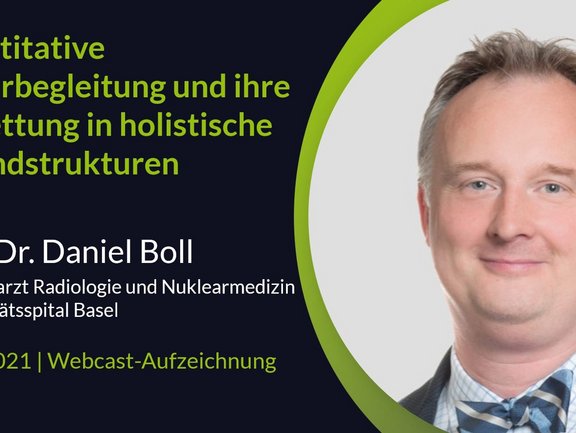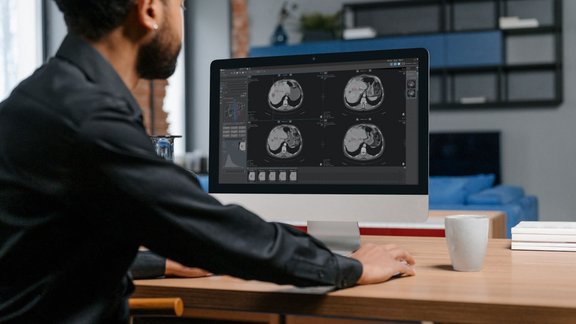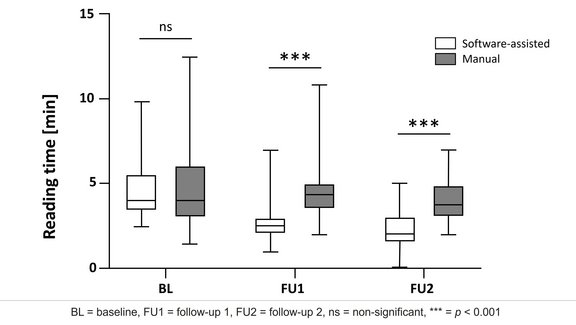Wie können die Ergebnisse software-unterstützter Tumorbeurteilung gewinnbringend in die Routine-Kommunikation mit den klinischen Zuweisern und Patienten einfließen? Herr Prof. Dr. Daniel Boll, Stv. Chefarzt der Klinik für Radiologie und Nuklearmedizin am Unispital Basel, teilt seine langjährige Erfahrung und gewährt Ihnen einen Einblick in die alltägliche Arbeit mit strukturierter Befundung in der klinischen Routine. Ganz konkret zeigt er, wie aus den erhobenen Befundelementen übersichtliche, ganzheitliche und ästhetische Befundstrukturen entstehen. Darüber hinaus wirft Herr Prof. Dr. Boll auch einen Blick in die Zukunft und beschreibt, welche Potentiale ein integrierender Befundungsansatz bietet.



